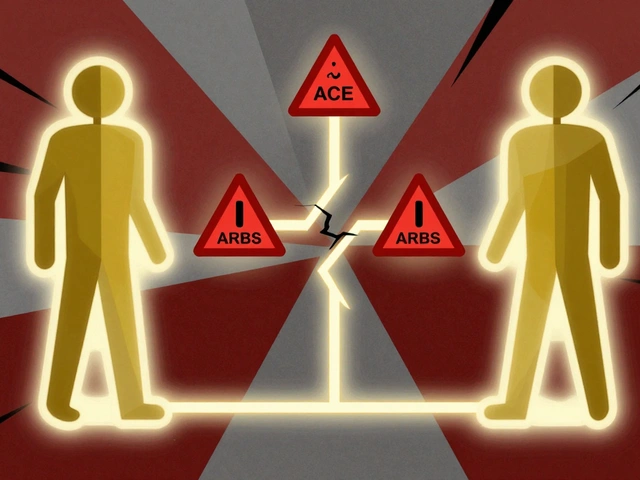Seizure Medication: What Works, What to Watch For
More than 50 million people worldwide live with epilepsy, and most manage it with medication. If you're reading about seizure medication, you want clear, practical info — what the drugs do, common side effects, and simple safety steps you can use today.
Seizure medicines, also called antiepileptic drugs (AEDs), reduce abnormal electrical activity in the brain. Common older options include carbamazepine, valproate, phenytoin, and phenobarbital. Newer choices are levetiracetam, lamotrigine, topiramate, and lacosamide. Each drug targets different brain channels or receptors, so which one fits you depends on the seizure type, age, other health issues, and pregnancy plans.
Choosing and using seizure meds
Your neurologist will pick a drug based on the seizure type — focal, generalized, or absence seizures — and your medical history. Doctors usually start one drug at a low dose and increase slowly until seizures stop or side effects limit treatment. Don’t stop suddenly; abrupt withdrawal can trigger more seizures. If one drug fails, clinicians may try another or combine two medications for better control.
Some medicines need blood tests. For example, valproate and carbamazepine require monitoring liver enzymes and blood counts. Blood levels of drugs like phenytoin or carbamazepine help doctors adjust doses. Keep a seizure diary: note triggers, timing, and medication changes. That file helps your clinician fine-tune therapy.
Side effects, interactions, and safety tips
Side effects vary: dizziness, fatigue, weight change, mood shifts, or memory problems. Serious but rare risks include allergic reactions or blood disorders. Women should talk to their doctor about pregnancy plans — valproate carries higher risk to the fetus and is avoided when possible. Many AEDs interact with other drugs and reduce hormonal birth control effectiveness. Always tell every provider what meds you take.
Missed a dose? Take it as soon as you remember unless the next dose is near. Never double up without medical advice. If seizures are increasing in frequency or you experience clusters or a seizure lasting more than five minutes, seek emergency care — status epilepticus is a medical emergency.
Buying meds online can be safe, but use licensed pharmacies that require a prescription. Avoid sites offering controlled pills without prescriptions. If cost or access is an issue, ask your clinician about generics, patient assistance programs, or telehealth options that can help with prescriptions and follow-up.
Small lifestyle steps help a lot: get regular sleep, avoid binge drinking, manage stress, and stick to your medication schedule. Wear a medical ID if your seizures are uncontrolled. Talk to your employer or school about safety plans. If you’re planning pregnancy, review all meds with a specialist and start folic acid. These measures lower risk and make daily life easier while you work on seizure control.
Managing seizures is a team effort: you, your neurologist, and your support network. Track symptoms, ask questions about side effects, and review drug interactions at every visit. Get the right drug, at the right dose, and you can usually reduce seizures and keep your life moving forward. Stay informed.

Depakote Uses, Side Effects, and What to Know Before Taking It
Depakote is a medication often used for treating epilepsy, bipolar disorder, and migraines, but there’s so much more to the story. This deep dive uncovers what Depakote does, the risks, side effects, and what you need to talk with your doctor about before starting. Get tips from real experiences and learn surprising facts, making this a must-read for anyone dealing with seizure or mood conditions.
read more




